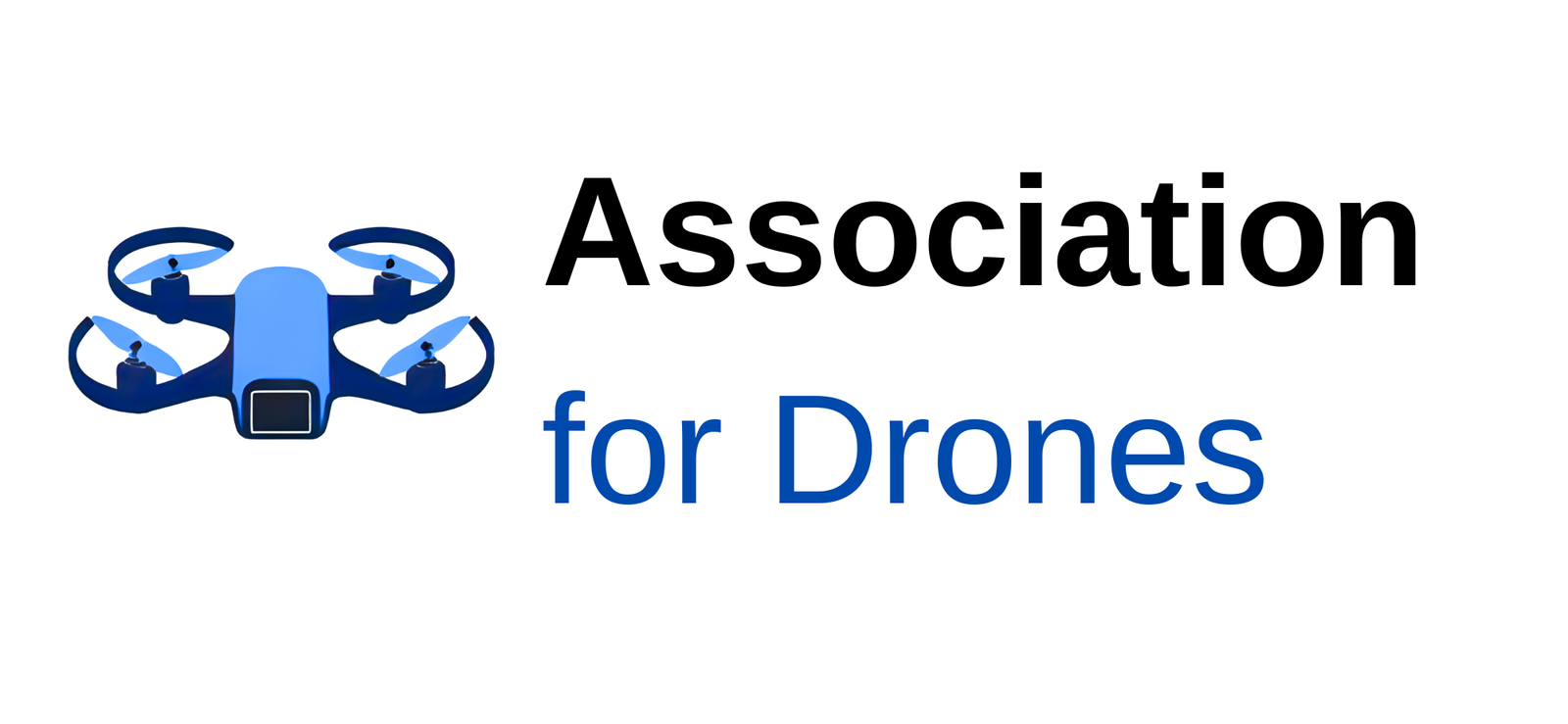Smart cities are built on data, connectivity, and automation. Sensors, cameras, and IoT networks already monitor everything from traffic lights to energy grids. Now, drones are emerging as the mobile layer of urban intelligence—able to go where fixed sensors can’t, respond instantly, and deliver services that make cities safer, more efficient, and more livable.
The question isn’t whether drones will play a role in smart cities, but how. Here’s what’s next for drones in the urban environment.
1. Urban Mobility and Drone Logistics
One of the most visible applications is urban delivery. Companies are piloting drones to move packages, groceries, and medical supplies across cities.
- Last-mile delivery: Reducing road congestion and cutting delivery times.
- Medical logistics: Rapid transport of blood samples, vaccines, or life-saving equipment across hospital networks.
- Cargo corridors: Designated drone highways above roadways for predictable, low-risk operations.
What’s next: Expect cities to integrate drone delivery lanes into their urban planning, alongside bike lanes and EV charging zones.
2. Infrastructure Monitoring and Maintenance
Cities spend billions maintaining roads, bridges, utilities, and buildings. Drones provide a faster, safer, and cheaper way to monitor infrastructure.
- Bridge inspections: High-resolution imaging to detect cracks or corrosion without disrupting traffic.
- Utilities: Routine patrols of power lines, water networks, and telecom towers.
- Smart construction: Drones feeding real-time progress data into digital twins of buildings and city projects.
What’s next: Integration of drone inspection data directly into citywide digital twin platforms for predictive maintenance and urban planning.
3. Public Safety and Emergency Response
From crime prevention to disaster relief, drones are already reshaping urban safety strategies.
- Drones as First Responders (DFR): Police departments deploy drones to 911 calls, arriving faster than ground units.
- Fire response: Thermal drones map building hotspots and guide evacuation efforts.
- Disaster recovery: Post-earthquake or flood mapping for search and rescue.
What’s next: Cities will create centralized drone command centers, where fleets of AI-powered drones stand ready for emergencies—similar to how 911 call centers operate today.
4. Traffic and Mobility Management
Urban traffic management is one of the biggest headaches for smart cities. Drones add a powerful new perspective.
- Traffic monitoring: Real-time aerial feeds help manage congestion and reroute vehicles.
- Incident response: Drones rapidly assess accidents and provide situational awareness for responders.
- Mobility planning: Data collected feeds into AI systems that optimize traffic lights and flow.
What’s next: Aerial monitoring integrated with autonomous vehicles and smart traffic systems, creating a unified transportation ecosystem.
5. Environmental Monitoring and Sustainability
Smart cities prioritize sustainability—and drones are powerful tools for environmental oversight.
- Air quality sensing: Mobile platforms measuring pollution across different city zones.
- Green infrastructure: Monitoring rooftop gardens, urban forests, and parks.
- Noise pollution mapping: Identifying hotspots where interventions are needed.
What’s next: Drones as mobile environmental guardians, automatically patrolling cities and feeding data into sustainability dashboards.
6. Regulatory and Airspace Management
For drones to thrive in smart cities, regulation and infrastructure must evolve.
- U-space/UTM systems: Digital air traffic management platforms ensure drones fly safely alongside manned aircraft.
- Remote ID compliance: Mandatory identification of drones to prevent misuse.
- Geo-fencing: Preventing drones from entering sensitive areas like airports or government buildings.
What’s next: Cities will designate urban drone zones with defined altitude layers, flight corridors, and integration into public safety networks.
7. Challenges to Overcome
The road to drone-enabled smart cities isn’t without hurdles:
- Privacy: Public concerns over surveillance must be addressed with transparency and strict data policies.
- Noise: Large-scale drone fleets could add noise pollution unless designs improve.
- Cybersecurity: Always-connected drones present new attack surfaces for hackers.
- Integration: Cities must ensure drones complement—not compete with—other smart infrastructure.
8. The Future: Drones as Urban Infrastructure
In the next decade, drones won’t just be add-ons to smart cities—they’ll be built into their core infrastructure. We’ll see:
- Drone ports and charging hubs across rooftops and transit stations.
- AI-powered fleets that respond dynamically to emergencies, traffic issues, or maintenance needs.
- Seamless integration with citywide IoT networks and digital twins.
In short, drones will become as invisible and essential as Wi-Fi—always present, always working in the background, making urban life safer, greener, and more efficient.
Conclusion
Smart cities are about creating connected, adaptive ecosystems. Drones are the natural extension of this vision—bringing mobility, intelligence, and responsiveness to the skies above.
The next chapter of urban innovation won’t just happen on the ground. It will fly overhead, powered by drones that serve as the eyes, ears, and hands of tomorrow’s smart cities.
